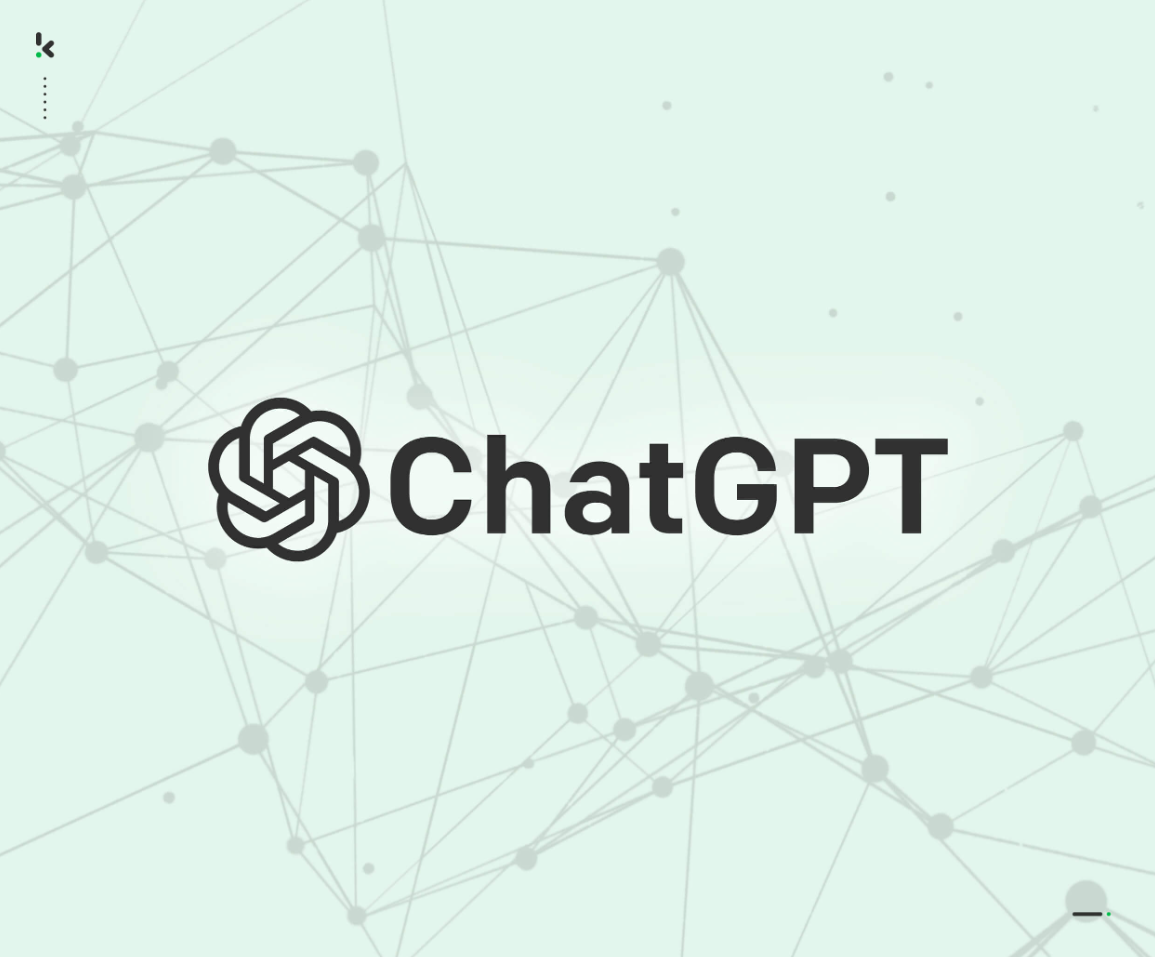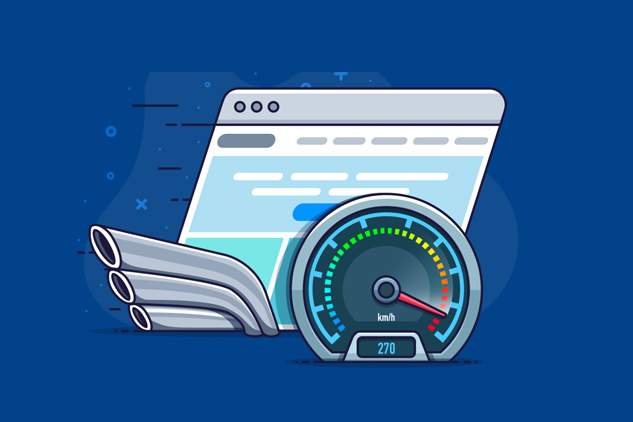ChatGPT is a powerful language model developed by OpenAI that uses deep learning techniques to generate human-like responses to a wide variety of natural language queries. It was introduced in 2020 as the successor to GPT-2, and it quickly became one of the most popular and widely-used language models in the world. ChatGPT’s success is due to its ability to understand and respond to natural language queries in a way that is intuitive and easy to understand, making it an indispensable tool for businesses, researchers, and individuals around the globe.
The evolution of ChatGPT began with the development of GPT-1, which was introduced in 2018. GPT-1 was an impressive feat of engineering that used deep learning techniques to learn the structure and meaning of language by analyzing massive datasets of text. However, it was limited by its relatively small size and the fact that it could only generate short passages of text.
In response to these limitations, OpenAI developed GPT-2, which was released in 2019. GPT-2 was a significant improvement over its predecessor, with the ability to generate long, coherent passages of text that were almost indistinguishable from those written by humans. It was also much larger than GPT-1, with over 1.5 billion parameters, allowing it to learn from a wider range of data and generate more diverse responses.
However, the release of GPT-2 was not without controversy. Some experts raised concerns that the model’s ability to generate convincing fake news and other forms of misinformation could be used to manipulate public opinion. In response, OpenAI initially withheld the full version of the model from public release, making only a limited version available for research purposes.
Despite these concerns, GPT-2 was widely praised for its impressive performance, and OpenAI continued to develop even more advanced language models. In 2020, the company
Despite these concerns, GPT-2 was widely praised for its impressive performance, and OpenAI continued to develop even more advanced language models. In 2020, the company released ChatGPT, a version of the model specifically designed for use in chatbot applications.
ChatGPT is a major improvement over GPT-2, with over 175 billion parameters and the ability to generate highly personalized responses to complex natural language queries. It uses a combination of natural language processing techniques and machine learning algorithms to understand the intent behind a user’s query and generate a response that is tailored to their specific needs.
One of the most impressive features of ChatGPT is its ability to generate coherent, natural-sounding responses to a wide range of queries. This is accomplished through a combination of advanced machine learning techniques, including deep neural networks and transformer models, which allow the model to learn the structure and meaning of language at an incredibly deep level.
Another key feature of ChatGPT is its ability to learn from user feedback, allowing it to continuously improve its performance over time. This feedback loop is an essential component of the model’s evolution, as it allows it to adapt to changing user needs and preferences.
Overall, the evolution of ChatGPT represents a significant milestone in the development of natural language processing and machine learning. Its ability to generate human-like responses to complex queries has the potential to revolutionize a wide range of industries, from customer service to healthcare to education. As the model continues to evolve and improve, it is likely to become an even more powerful tool for businesses and individuals around the world.




